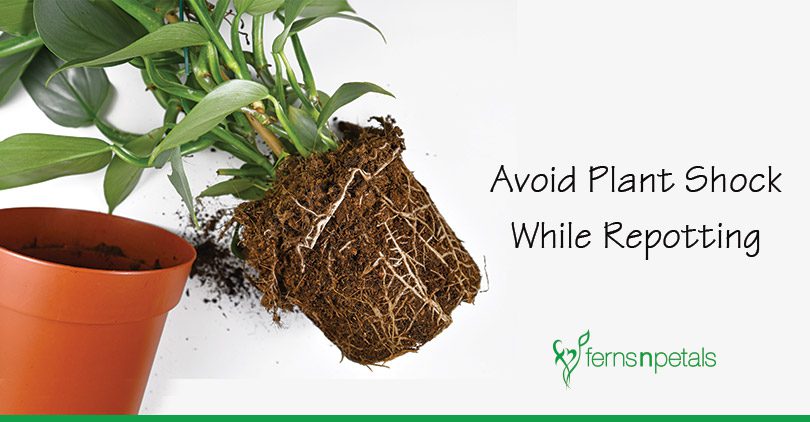Plants are not designed to move from one place to another. If we try to move them around to a new home or uproot them, it is bound to cause some problems. A plant which is newly dug up and shifted to another place may show signs of wilting leaves, dying branches or it might die altogether. It is called transplant shock. The transplant shock is caused by harm to the plant roots during the transplanting process.
With little care and preventive measures, you can cure or minimize the repotting stress caused to a plant.
Use paper egg crates & shells
Egg crates and eggshells are organic and recyclable that makes them the preferred mode of transplant. Plant the seeds in them and once you see the plant sprouting, shift to a bigger pot without having to remove the crate or the shells. This method minimizes the shock as you don’t have to remove the plant from its original home and you can easily transplant them from indoors to your garden.
Transplant time
The beginning of spring or the end of the fall are the best times to transplant using almost any technique. Avoid transplanting plants on summer days. Do it in the later afternoon when the temperature is not extremely hot, and the wind is calm.
Try not to disturb roots
When you move the plants, try to keep the root system intact. Do not shake out the soil when moving the plant. Make sure the root balls remain moist. If the roots become dry, the roots die, and eventually the whole plant dies.
Take as much of the roots as possible
When you dig up the plant, make sure much of the root is brought up with the plant. The more roots you bring along, the lesser is the chance of transplant shock to occur in plants.
Plant properly
No matter how careful you are, you cannot prevent transplant stress as plants take some time to adjust to the new environment. Choose a location that will fit the plant’s need. Dig a large planting hole & provide good drainage to allow the root system to develop fully. Plant appropriately deep in the ground by moving gently.
Water thoroughly after transplant
Water thoroughly and immediately after moving the plants. Watering will increase the defence mechanism of the plants against the transplant shock.
Remove top growth of the plant
If moving a shrub, remove the extra foliage from the plant. It will reduce stress, loss of moisture, and additional resources the plant needs to recover the shock. Remove any dead parts like branches, stems, and dried leaves.
Look after the transplants
Sometimes the newly transplanted plant is likely to get attacked by insects and pests. Keep an eye on plants and help them get a good start in their new location.







